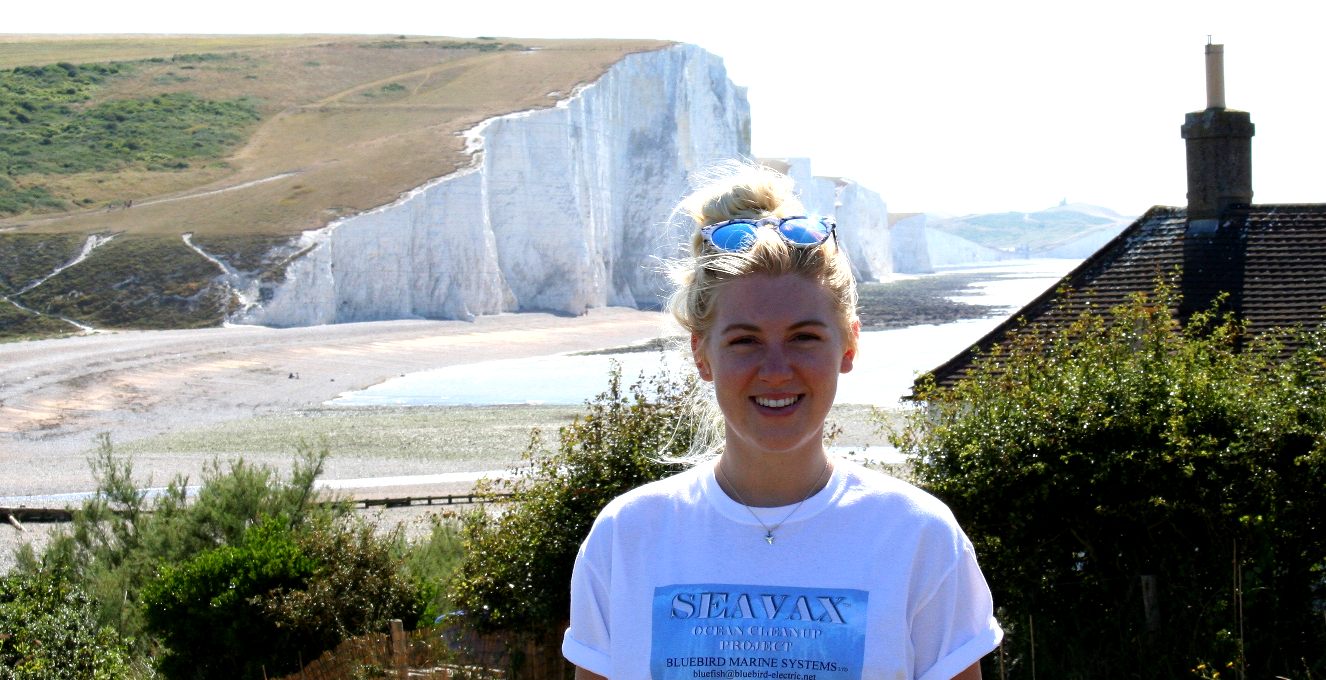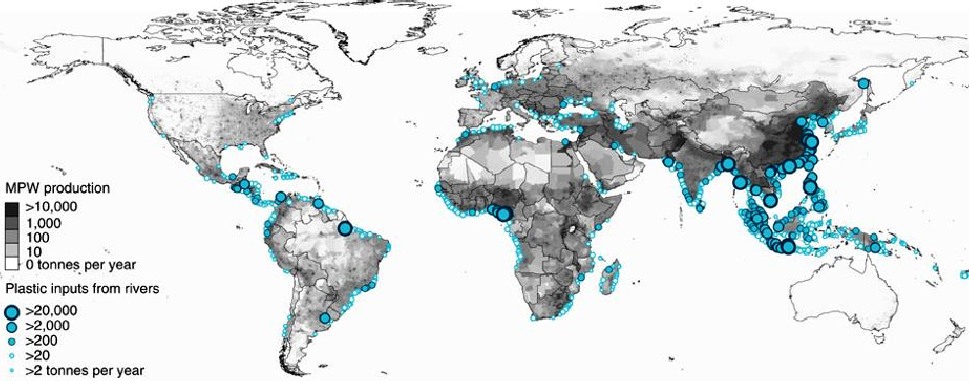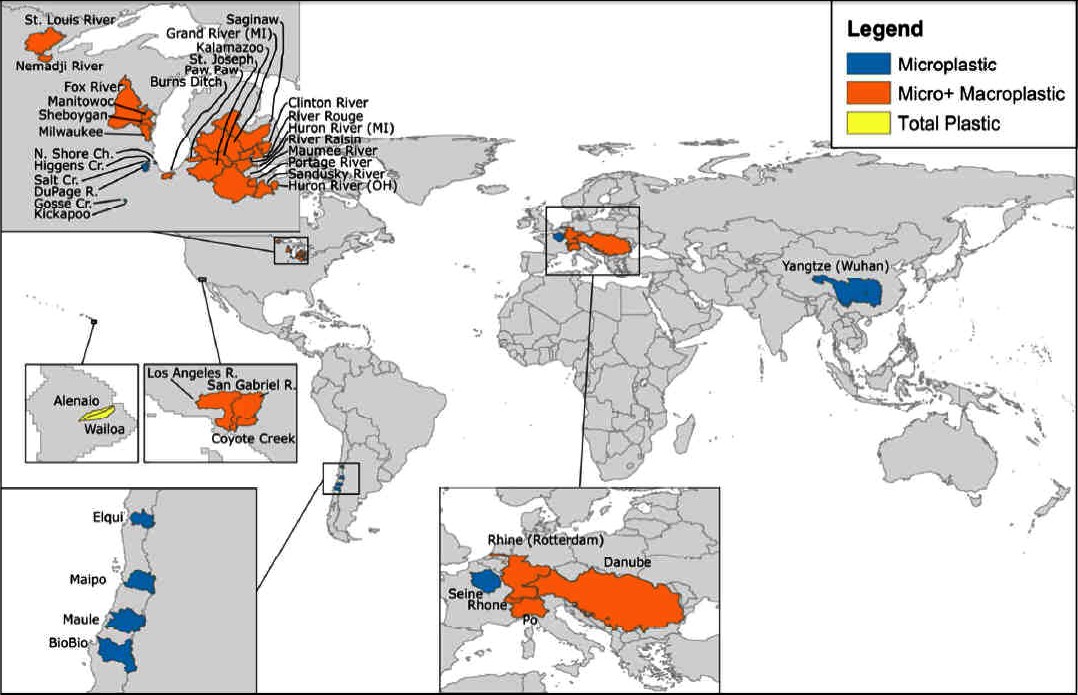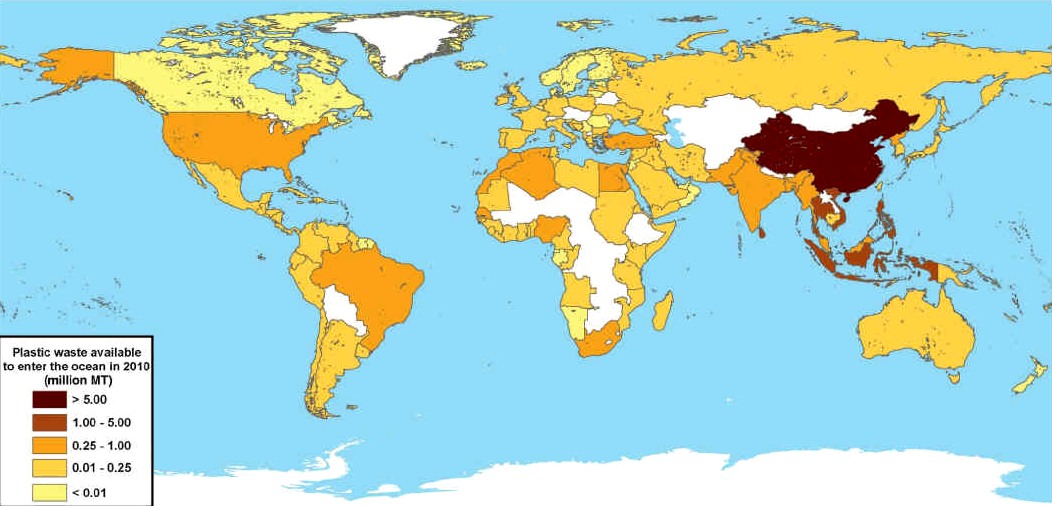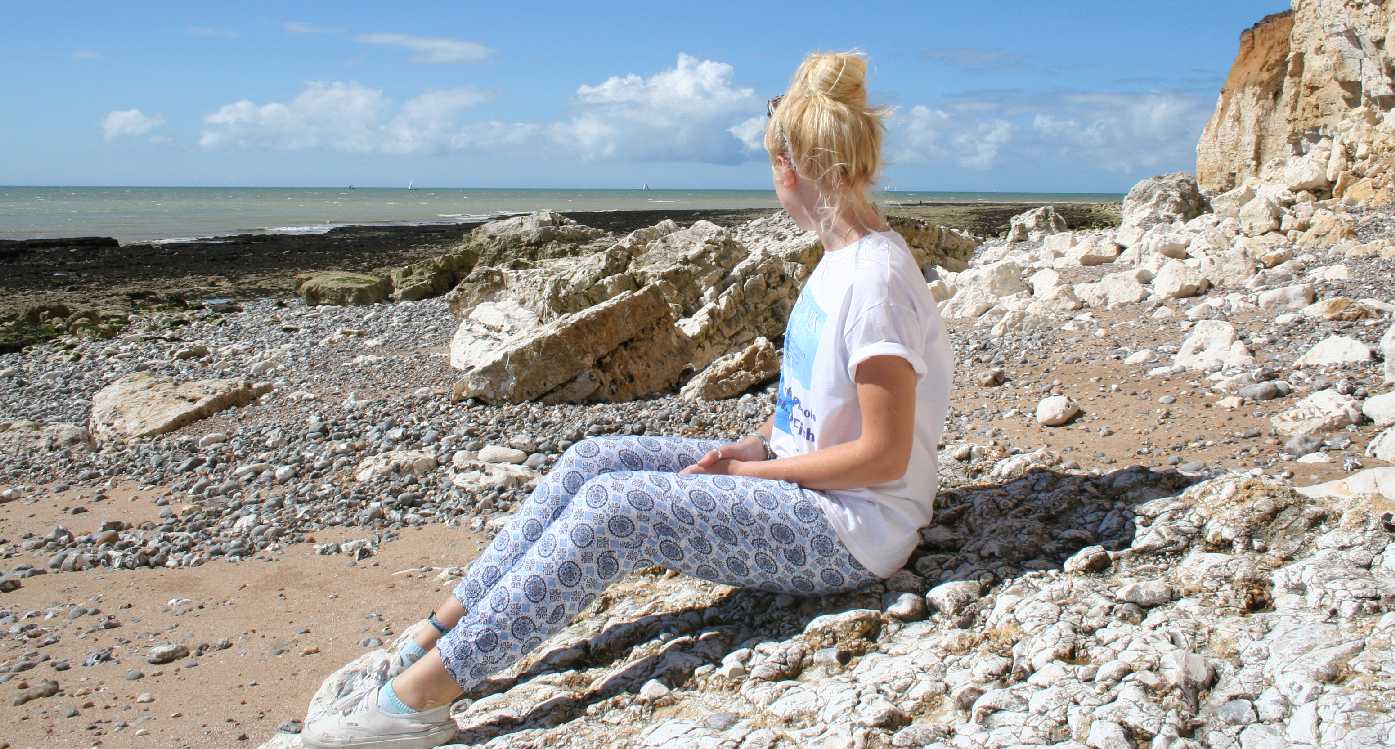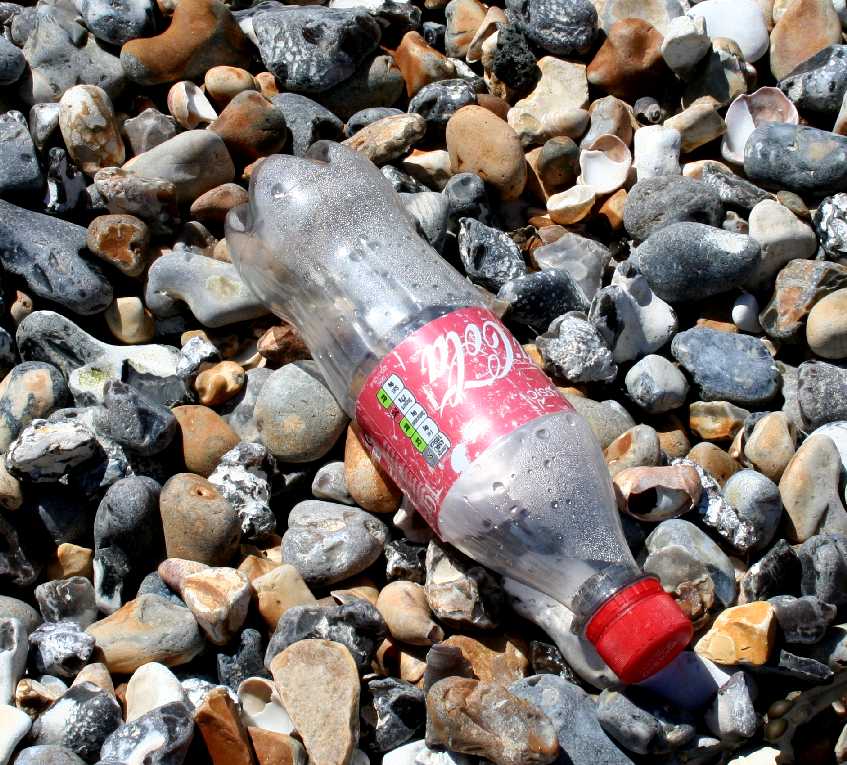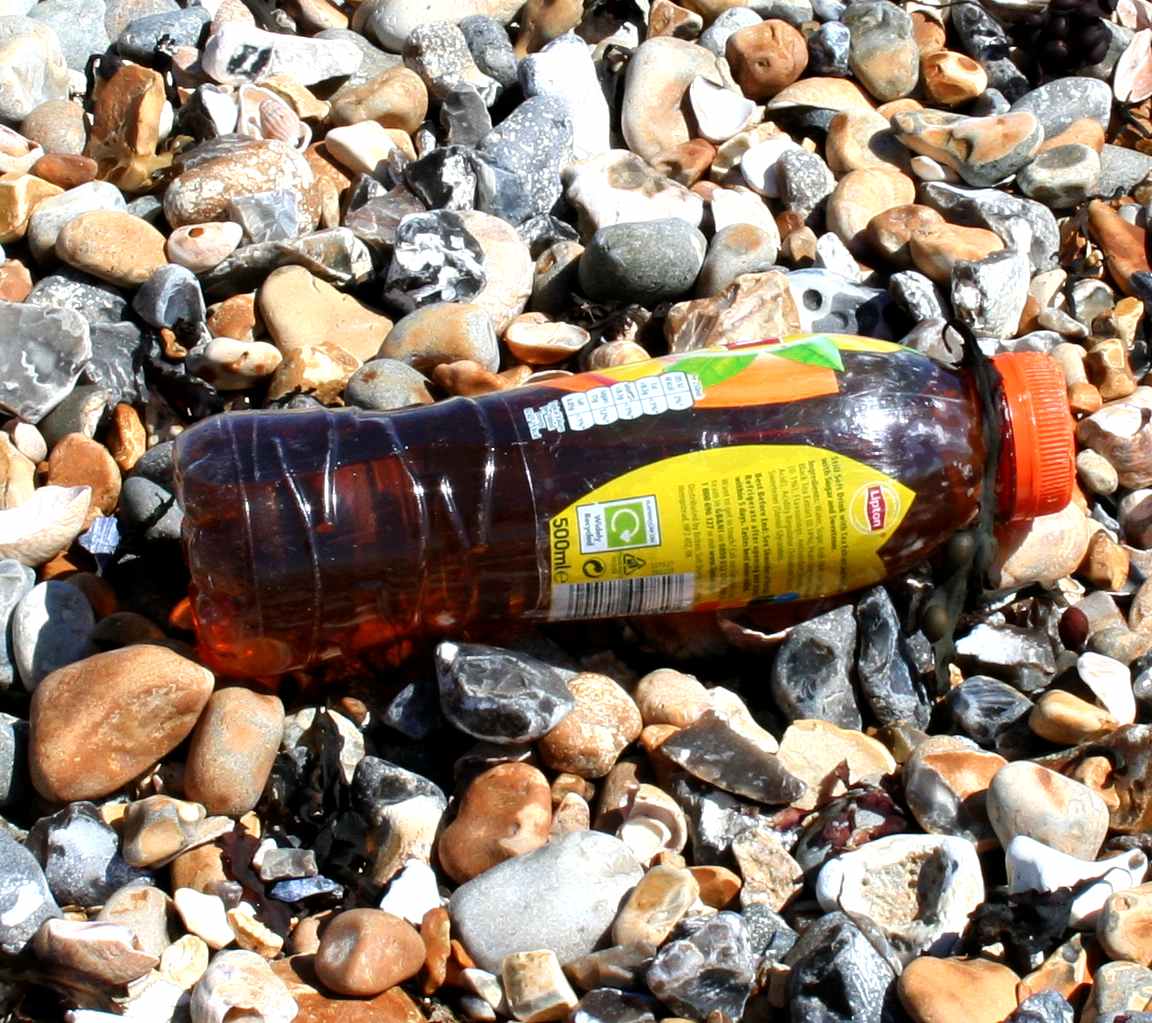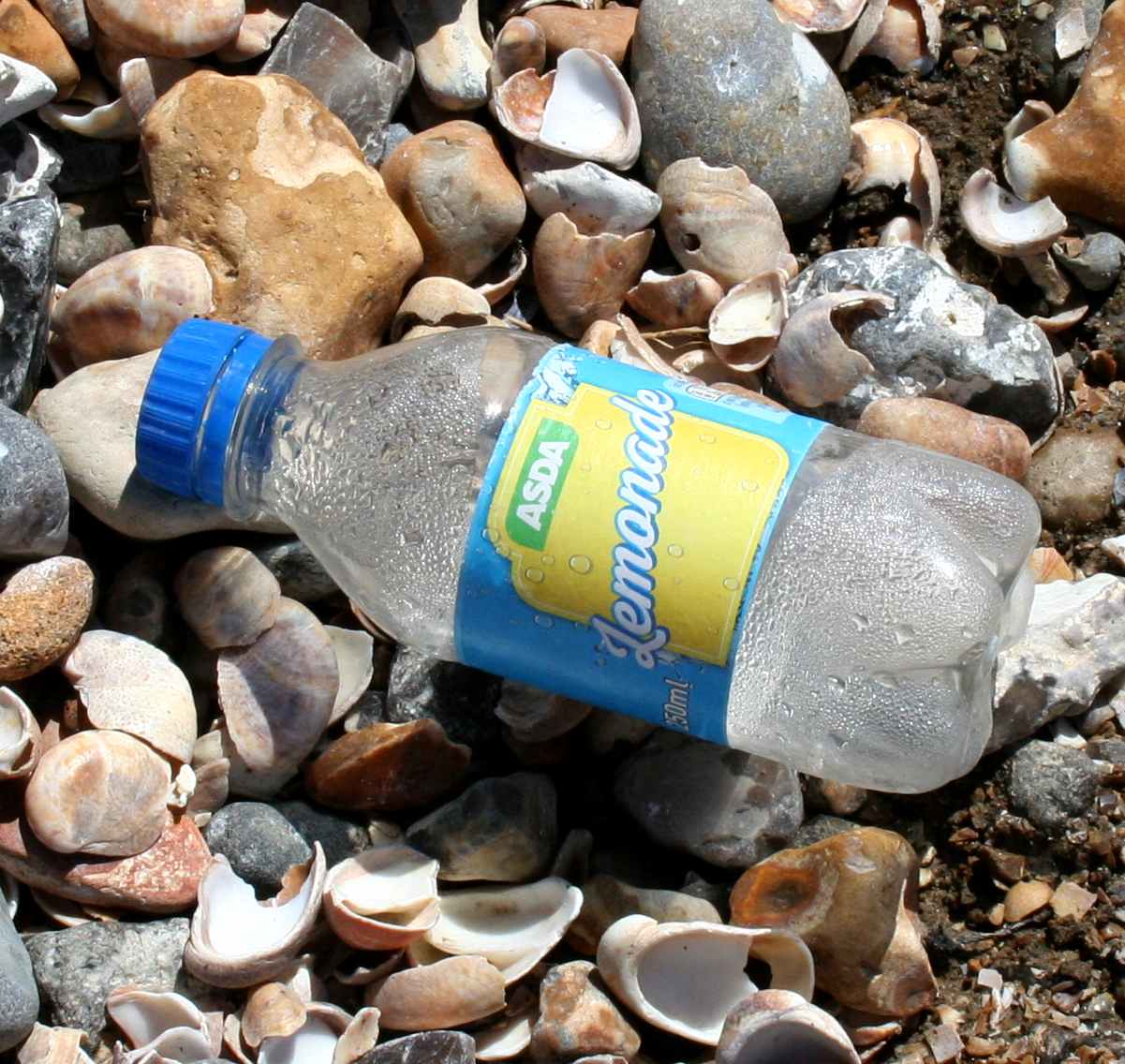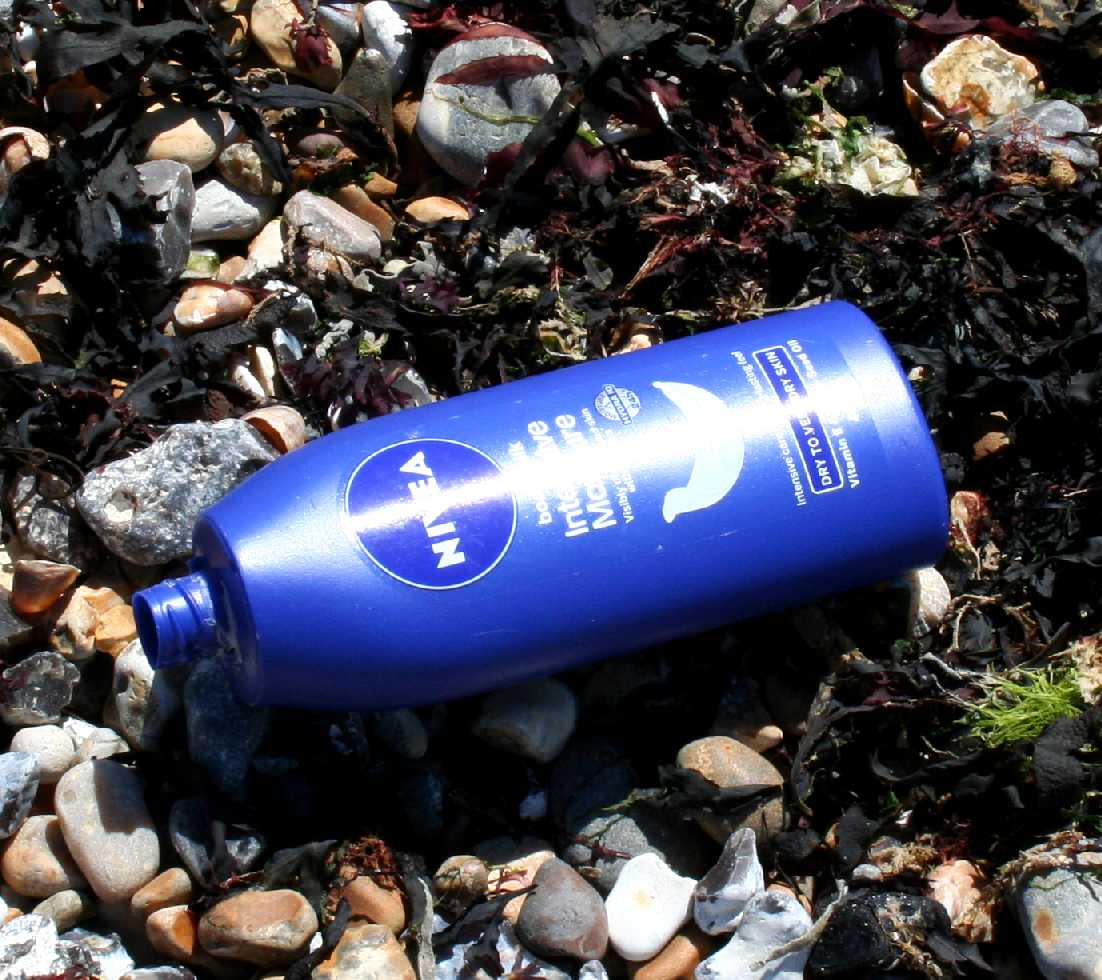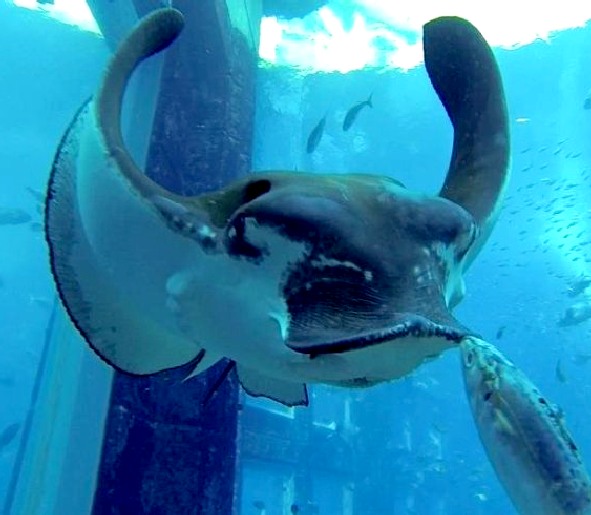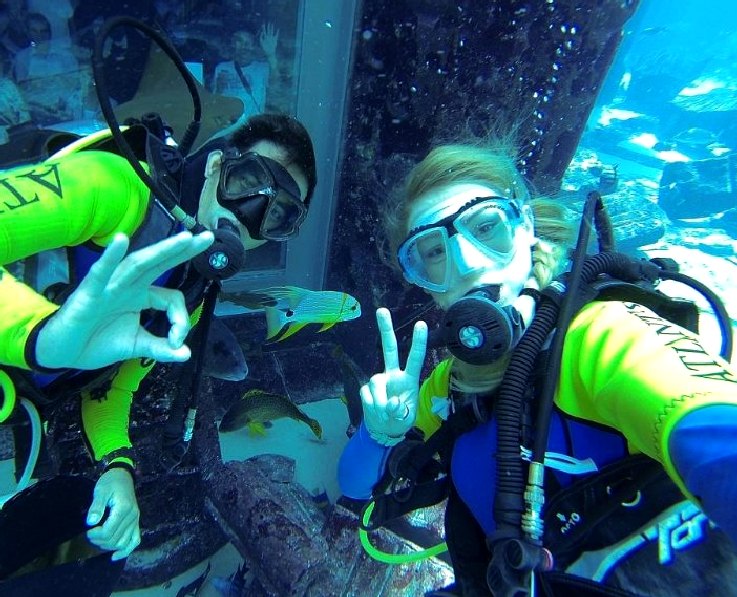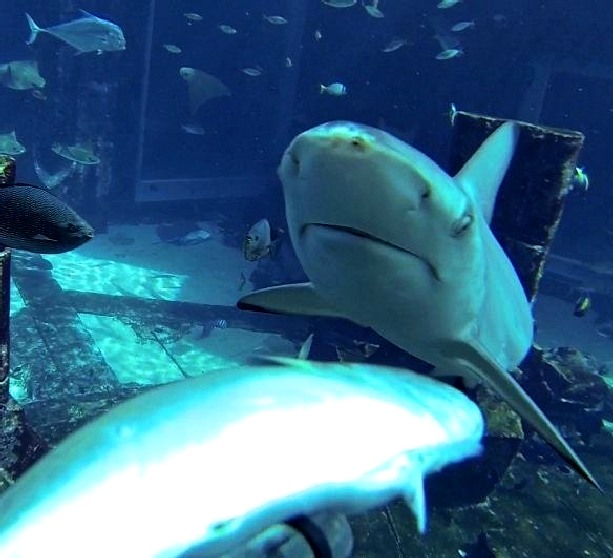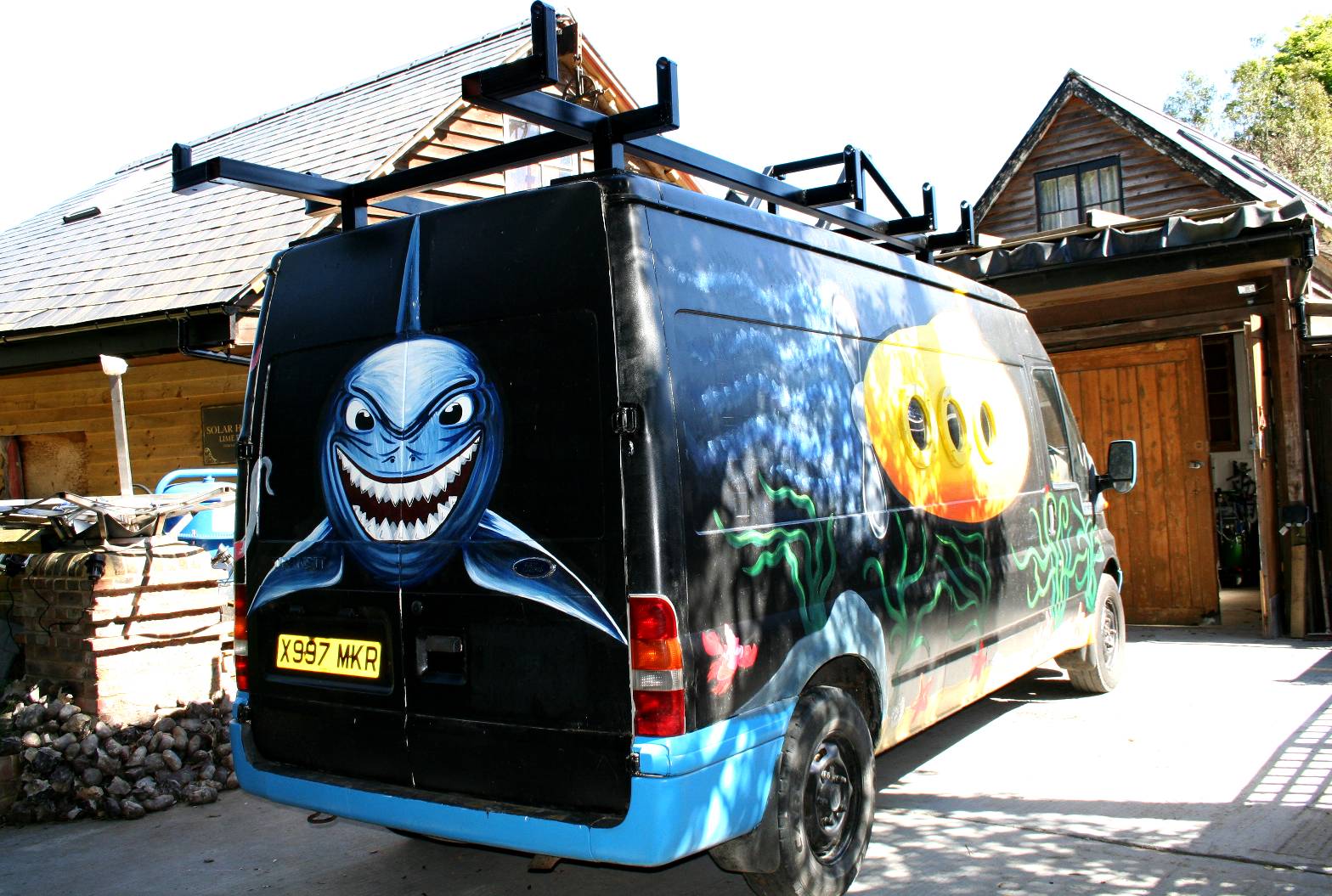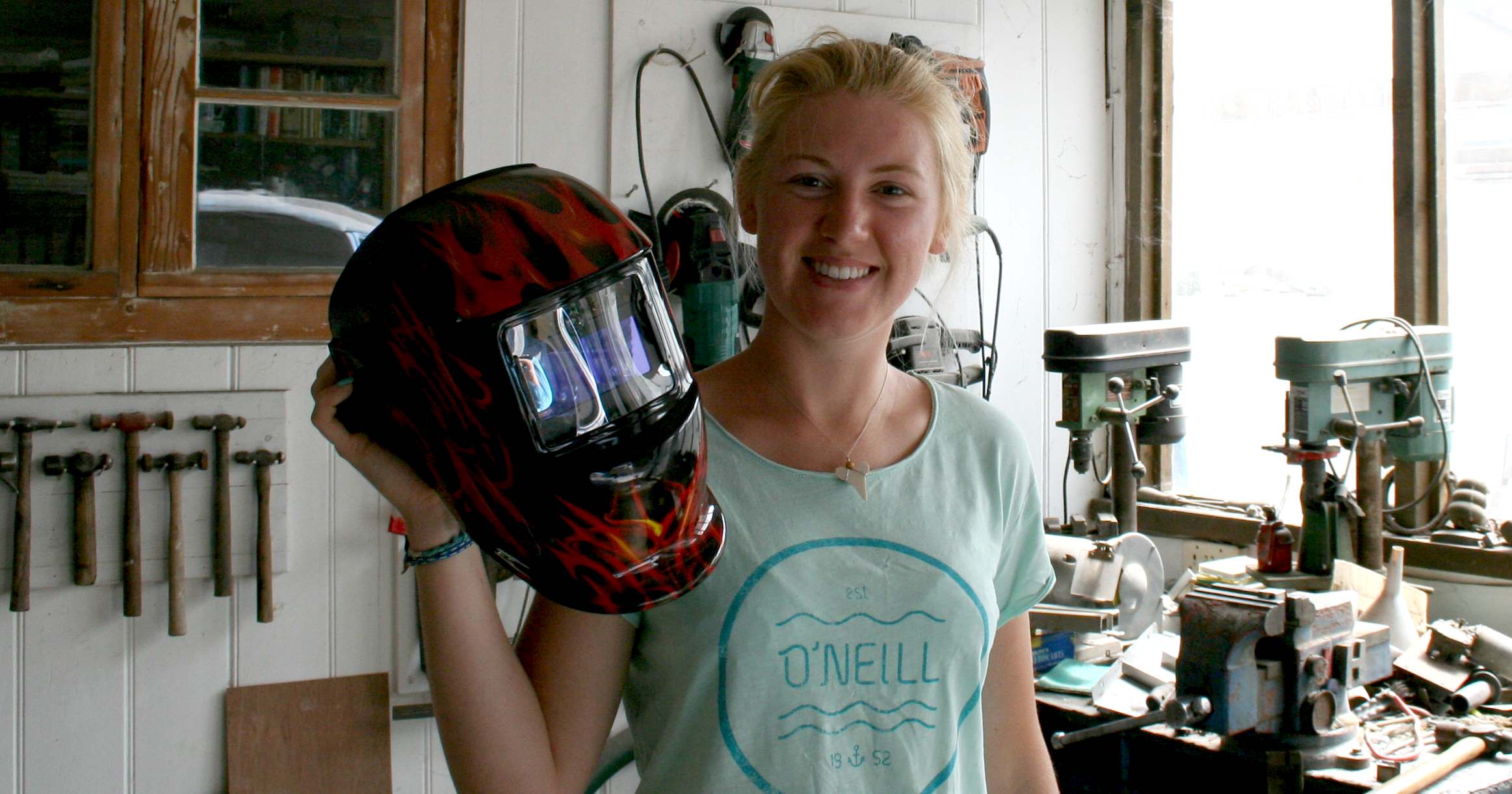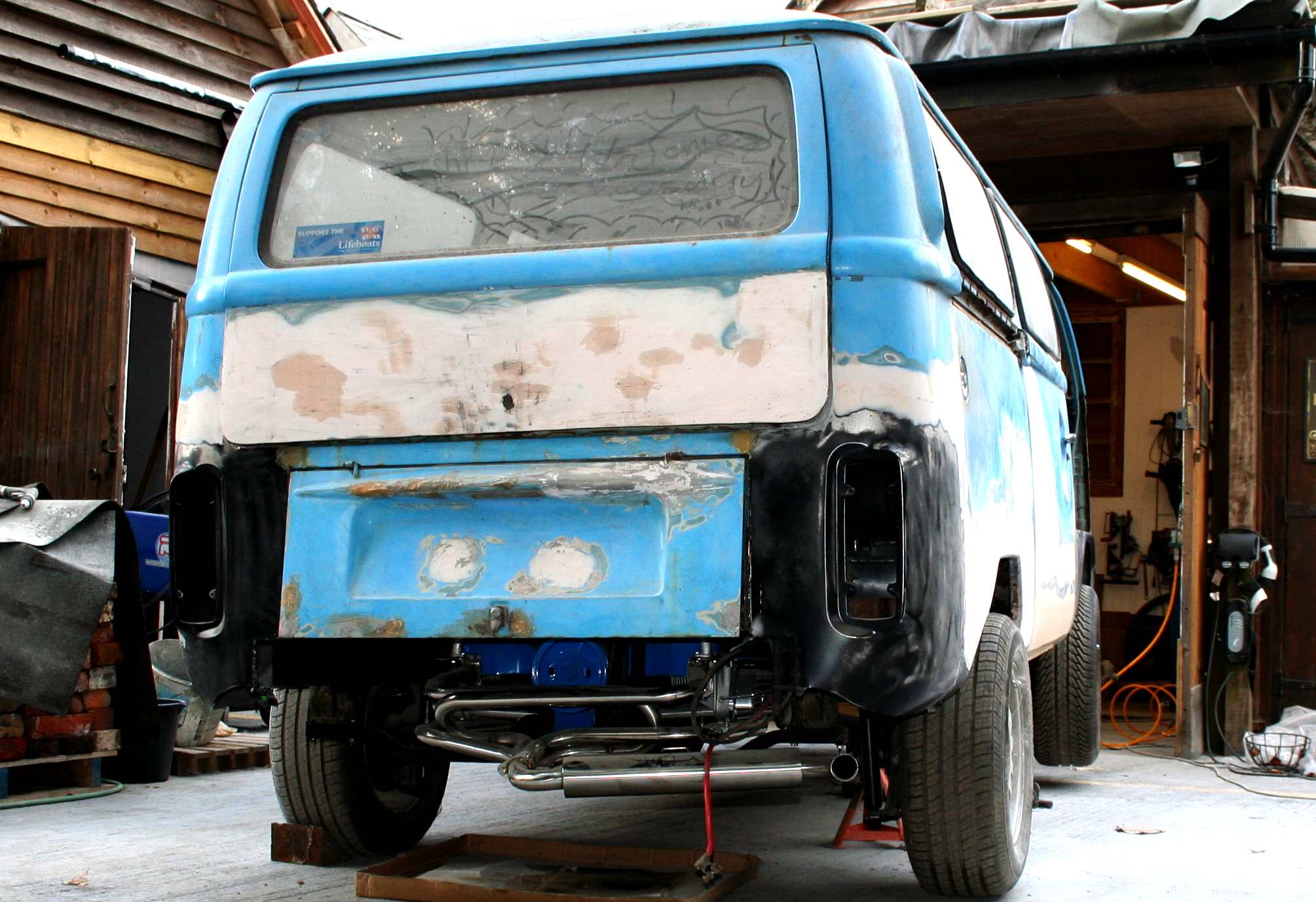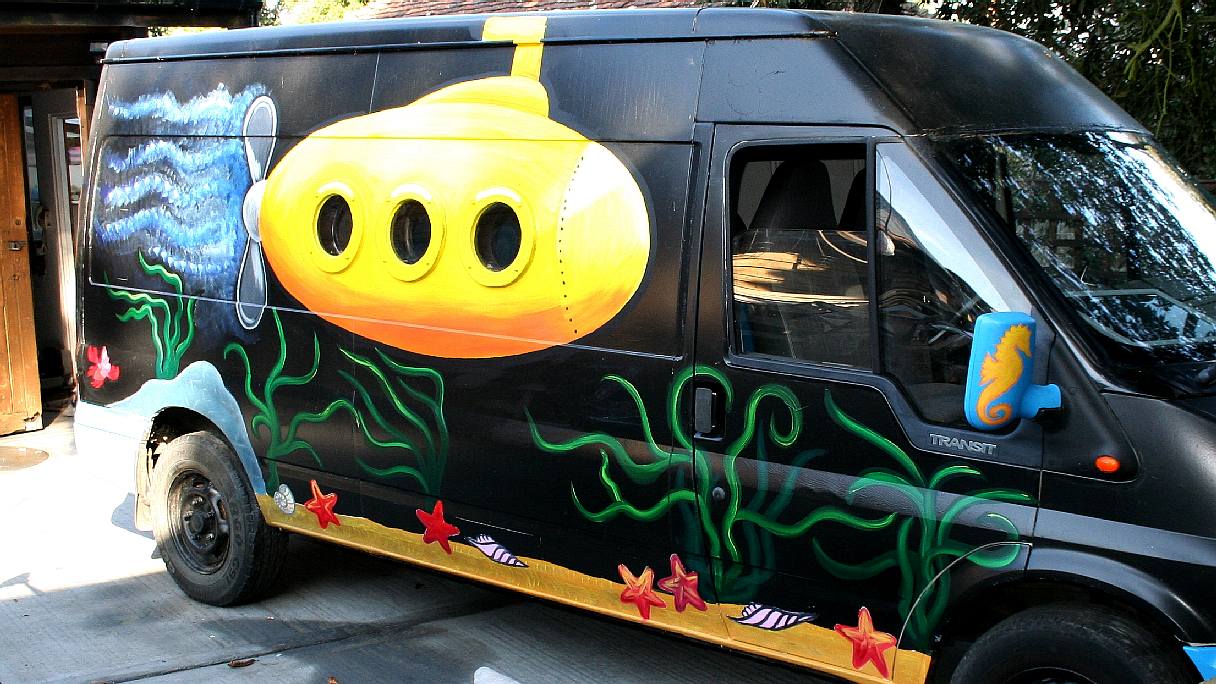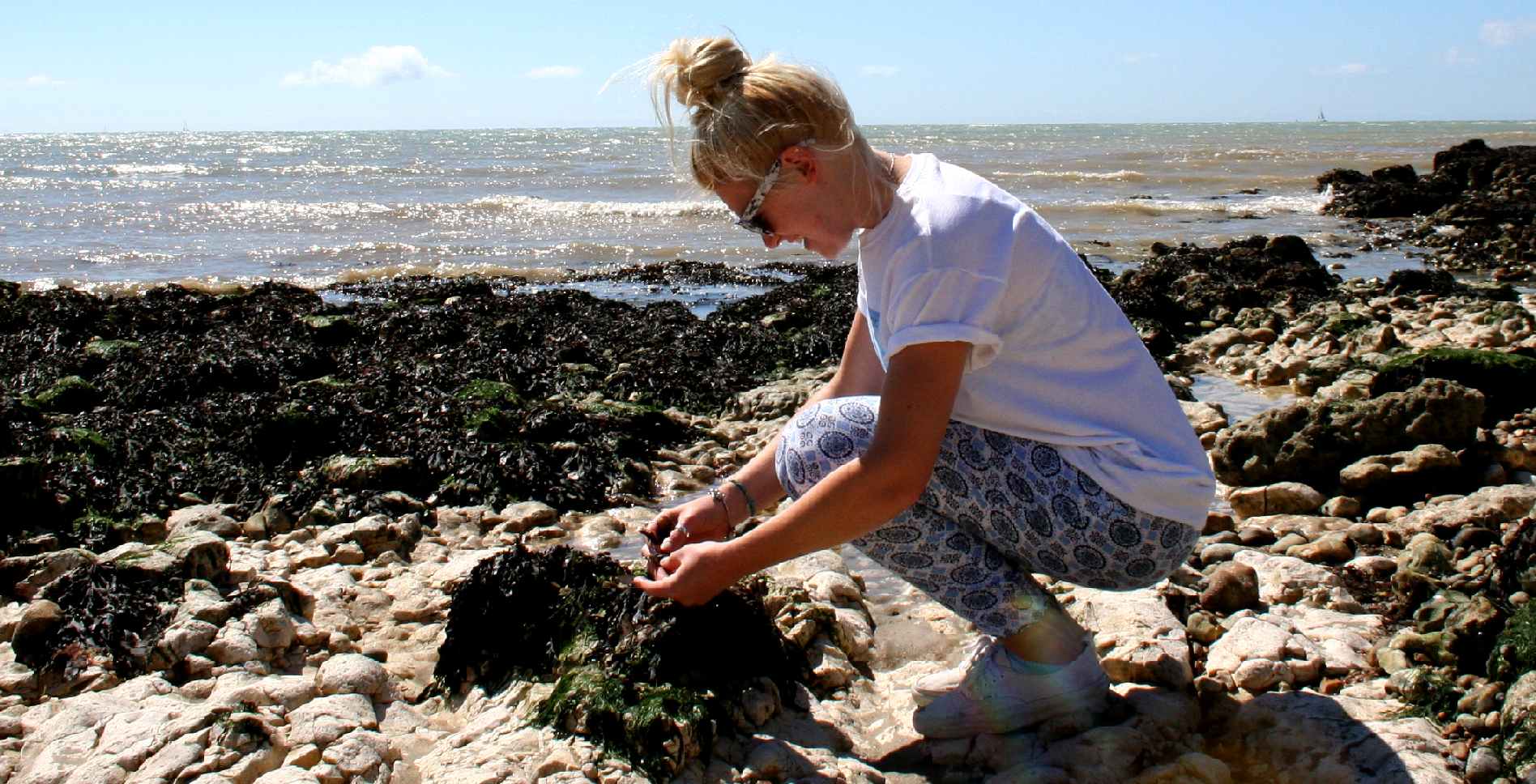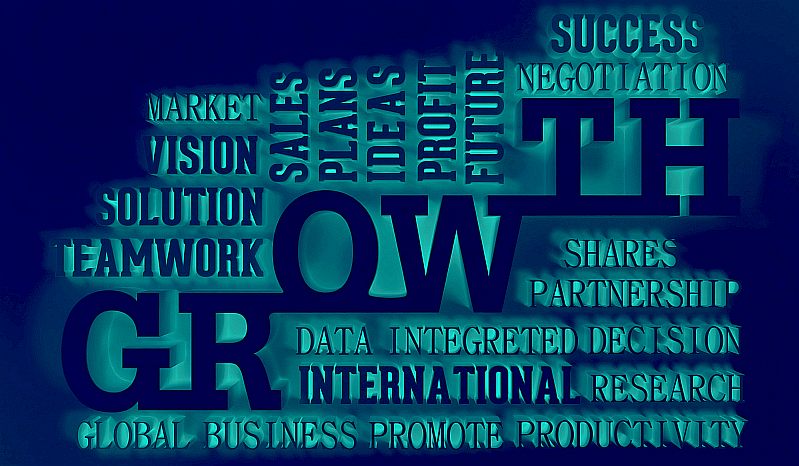|
EMILY HOAD
|
|
OCEAN
EXPERT - On all things ocean, Emily Hoad helped the Cleaner Ocean
Foundation fine tune SeaVax for eventual development in the English
Channel before launching onto the the international stage with free licenses
to partners worldwide as part of a World Ocean Anti-plastic Alliance (WOAA).
Emily graduated with a first in her masters report on White shark behaviour, and a 2:1 overall in Marine Biology from the
University of Southampton. She said: "It’s been an incredible four years and I’m
ABOUT EMILY
Emily Hoad is a Marine Biologist and Oceanographer. She brought her considerable expertise to the SeaVax project in 2018 for a few brief months, with a dedicated study of the state of the art instrumentation that could be incorporated in a production SeaVax, also including higher end sensors for research and development purposes. She worked with the designers of the ocean cleaning craft to help improve the efficiency of the collection of marine plastic. Her mission was to define the objectives, help the engineers refine the existing filtration stages and improve and develop future feedback loops, so that SeaVax is able to read the ocean and tune itself to the plastic particles in the water, in the process identifying and bypassing marine life.
This is a gigantic undertaking for any organisation, but by applying her expertise as part of a team effort, and with equal enthusiasm from all the project members, Emily hoped to help the Foundation move the project on from the conceptual and development stages to the open sea as a prototype. One of the first tasks identified was to set up a marine biology laboratory on site near the tank testing facilities. The SeaVax project has been put on hold, awaiting suitable funding calls. Meantime some of the academic consortium assembled in 2020 are now working on an attempt at the Atlantic solar record, with the youngest member of the team helping to complete a test tank model of the Elizabeth Swann.
NETS - Fishing nets that are trapped on these beach timbers may look in keeping with this shoreline, but those nets soon break down into micro particles that will enter our food chain. Copyright © photographs, 31 July 2018. All rights reserved, Cleaner Ocean Foundation Ltd.
EMILY'S RESEARCH >>>>
BACKGROUND
LEBRETON 2017 - Mass of river plastic flowing into oceans in tonnes per year. River contributions are derived from individual watershed characteristics such as population density, mismanaged plastic waste (MPW) production per country and monthly averaged runoff. The model is calibrated against river plastic concentration measurements from Europe, Asia, North and South America.
THE PROBLEM
SCHMIDT OCT 2017 - A substantial fraction of marine plastic debris originates from land-based sources. Rivers potentially act as a major transport pathway for all sizes of plastic debris.
JAMBECK 2015 - Global map with each country shaded according to the estimated mass of mismanaged plastic waste [millions ofmetric tons (MT)] generated in 2010 by populations living within 50 km of the coast. 192 countries were considered. Countries not included in the study are shaded white.
THE SOLUTION
The SeaVax project encompasses many of the Sustainable Development Goals that the UN are hoping to achieve in one. To begin with Seavax is solar and wind powered, meeting SDG 7 aims and in the longer term SDG13, as in research into zero emission ocean transport. The objective is to develop the innovative technology (SDG9) to help in the fight alleviate hunger and provide food security (SDG2) and the vessels clean rivers and oceans (SDG6). Lastly, WOAA sits well with SDG17 in that the proposed World Ocean AntiPlastic Alliance encourages international cooperation in seeking to clean the oceans as per SDG14.
CHALK CLIFFS - The famous cliffs on the south coast of England looking across to France. This secluded beach, leading up the to the Seaford Head nature reserve looked free of plastic waste, but on closer inspection, even here we found several familiar single use plastic bottles. Copyright © photographs, 31 July 2018. All rights reserved, Cleaner Ocean Foundation Ltd and Emily Hoad.
PLASTIC BOTTLES - All the usual culprits. We spotted these household names on the beach at Exceat near Seaford Head on the south coast of England. Companies who sell goods in plastic containers could offset their plastic footprints by contributing to our ocean research. Copyright © photographs, 31 July 2018. All rights reserved, Cleaner Ocean Foundation Ltd.
EMILY ON LINKEDIN - Emily was born in Hong Kong with 14 years expatriate upbringing in Dubai, U.A.E. She Recently (July 2018) graduated with BSc double honours in Marine Sciences.
EDUCATION
- University of Southampton, Degree Name Bachelor of Science - BS
AQUARIST -
In her first year of Marine Biology at Southampton University, Emily travelled
to Dubai for the winter holidays and volunteered in the Lost Chambers Aquarium at Atlantis, The Palm, Dubai. For two weeks
she was an assistant aquarist, aiding the running and maintenance of both large and small
CERTIFICATIONS Proficiency In Personal Safety and Social Responsibilities Proficiency In Personal Survival Techniques Multilevel Diver AWARE - Fish Identification Underwater
Navigator DoE Gold Award DoE Silver Award DoE Bronze Award Endeavour Prize 2008 Winner Health and Safety Level 2 Primary & Secondary Care CPR(BLS)/First Aid - Adult
SKILLS
AWARENESS ART - Emily helped to spruce up one of our support vehicles though not completing it in 2018 due to time constraints. This Ford Transit is now being used as the base vehicle for a wind-turbine test rig developed with the engineering expertise of Lolita D'Ortona, a masters degree student from Belgium. The van will carry comestibles for the crew during ocean awareness events and double for the on site construction of the SeaVax prototype vehicles, benefiting from solar and wind energy generation if all goes well in 2019 - with an event in Hastings planned for September. Copyright © photograph May 2019. All rights reserved, Cleaner Ocean Foundation Ltd.
WELDING - Emily learned as she watched the engineers in the workshops. One day she may add welding to her skills base, but did not get the chance in 2018. Copyright © photograph 25 July 2018. All rights reserved, Cleaner Ocean Foundation Ltd.
'IT ONLY GOES TO SHOWS' - Our tour bus undergoing some wiring checks before the weather turned nasty in 2018 - in a bit of a state. One of Emily's favourite vehicles is the VW Kombi or Camper. She saw how bodywork is shaped. With more time she could have lent a hand on the paintwork, but time is one thing that waits for no person. The welding on this vehicle was completed and the engine with new cylinder heads, running again. New interior panels were cut in October, ready for fitting in 2021 - and yes, shows from that point on. Emily was bong on the money. The practical skills Emily learned here should complement her existing drawing talent, should she ever decide to graphic her own vehicles. Copyright © photographs September 2018, and March 2020. All rights reserved, Cleaner Ocean Foundation Ltd.
REFERENCES
WHAT FUTURE OUR OCEANS? - The versatility of SeaVax™ is enhanced using a modular approach that helps us to develop these ocean going machines into an economic tool for the long-term prosperity of all fishing nations in the drive for a truly sustainable, circular economy. Copyright © photographs, 31 July 2018. All rights reserved, Cleaner Ocean Foundation Ltd.
SEAVAX
Emily became involved in the SeaVax project in the summer of 2018 for around eight weeks. She helped the Foundation to develop the filtration mechanism theory of SeaVax working with computer and instrument technologists to mesh biology with engineering in the quest to clean up our oceans without causing undue harm to marine organisms. Conservation is the name of the game. She also created a draft specification for the equipment our marine biology laboratory that we hope to fit out in 2020, subject to funding.
LINKS & REFERENCE
https://uk.linkedin.com/in/emily-hoad-467404153 https://www.facebook.com/
Copyright © 2019 Cleaner Oceans Foundation.
|
